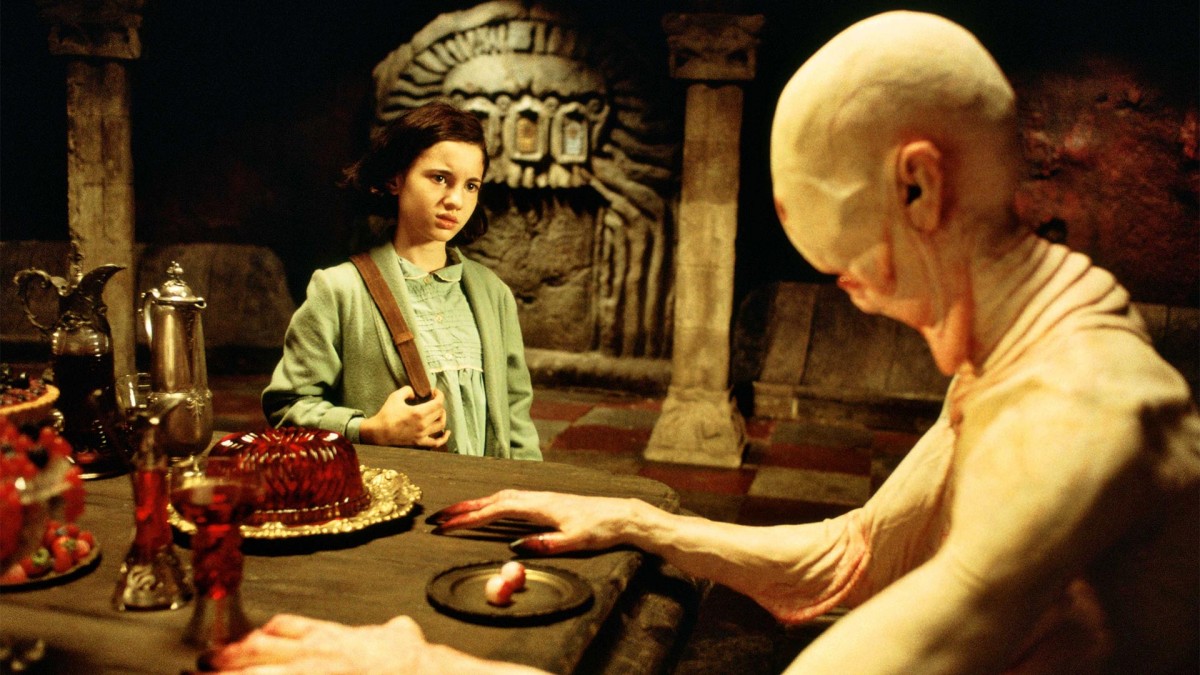Yes, we talked about performance and hunting grounds (and the Lady Dick, and the Latino Dolls).

Hispanic Theatre, Film, and Performance Art (Fall 2018)
Just another Emory WordPress Sites site

Hispanic Theatre, Film, and Performance Art (Fall 2018)
Just another Emory WordPress Sites site
Yes, we talked about performance and hunting grounds (and the Lady Dick, and the Latino Dolls).
Astrid Hadad’s performance in the Tequilera takes several conventions and turns them around against themselves, something that we call parody. The parodies in Hadad’s performance, which provoke a laugh from the audience, go beyond a simple subversion of style. Hadad brings out the deamons that lurk behind the conventions. Hadad parodies both the “Santificado Sea Tu Nombre: En Toda La Tierra” by equivocating god and the united states (moving the transcendental power into the material/political power, which is the step beyond parody that I am mentioning) and the music style that it is parodied by the lyrical content of the song (it is not a love song, it is a song about suffering and drinking).
“No se achique! No se achique!” “Como todo buen mejicano sufrire…” “Me bautizaron con tequila”
The flashing lights and the flagellation stylistically parody the “traditional” style of music and introduce the suffering element of drinking (the numbing of pain). This exposition of pain in a context were pain is supposed to be ignored (but cannot be ignored), a party. The hunting ground becomes a ritual (or a ritual is disrupted by the exposition of what the rituals hide).
The response to her performance is laughter. Enjoyment or nervousness?
Schechner’s Poetics of Performance made me think of the difference between rituals and performance. Is the act of a priest holding a cup of wine to the heavens while a choir sings not theatrical? The elements of theater and ritual are quite similar: both involve a congregation of people in a single space, both involve engaging in behaviors which are not done regularly in day to day life, and both result in an emotional effects, perhaps a feeling of catharsis, for the spectators and those who partake.
The element of a single space, a gathering, when people come to a theater or a church or a specific location in the wilderness, such as where the Aboriginal peoples hold their rituals, is a vital element of ritual and performance. It brings a sense of community because there is a common reason for attending and after attending there will have been a common experience among the participants. Gathering helps define the participants. For example, the plays of Shakespeare in many ways contributed to the way the English people perceive themselves, what their cannon of literature is, what they considered moral transgressions to be; in the same way church defines the Christianity for the people of the church. It’s groups understanding themselves through congregation.
The behaviors of theater and ritual are strikingly similar, with recitations, music, costumes. Although these are not necessarily needed for either theater or ritual, they are present in so many.
And the ultimate feeling that the congregation or audience feels at the end of the performance or the end of service seems to be very similar. Perhaps hearing the story of another, like, for example, Macbeth, or the Parable of the Prodigal’s Son, allows people to better live their lives without the mistakes of the characters in the story. Perhaps it gives people the opportunity to realize what the group thinks of certain behaviors.
Schechner’s Poetics of Performance helped me realize the similarities between ritual and performance.
One of the things I really wanted to discuss was the backgrounds that were present in the documentary that we watched through youtube. Even if there were numerous number of performers during the documentary, they all shared a similar background which I do not know if it was caused by the documentary being focused in one are or if it was a trend in performance area.
The two spaces that were frequently used were outdoors in front of the audience on a stage, and indoors surrounded by audience and tables.
Even if this trend of shortage in performance stage area might have been caused by the disdain of general public, this space utilization especially using the chairs and floors amazed me.
One thought I wanted to discuss in class is why they used such props (chairs and floors), since even though they sing of being unchained from their sex, rolling on the floor kneeling and twisting their bodies on the chair seems to me to contrast their wishes and instead show a desire for subjugation.